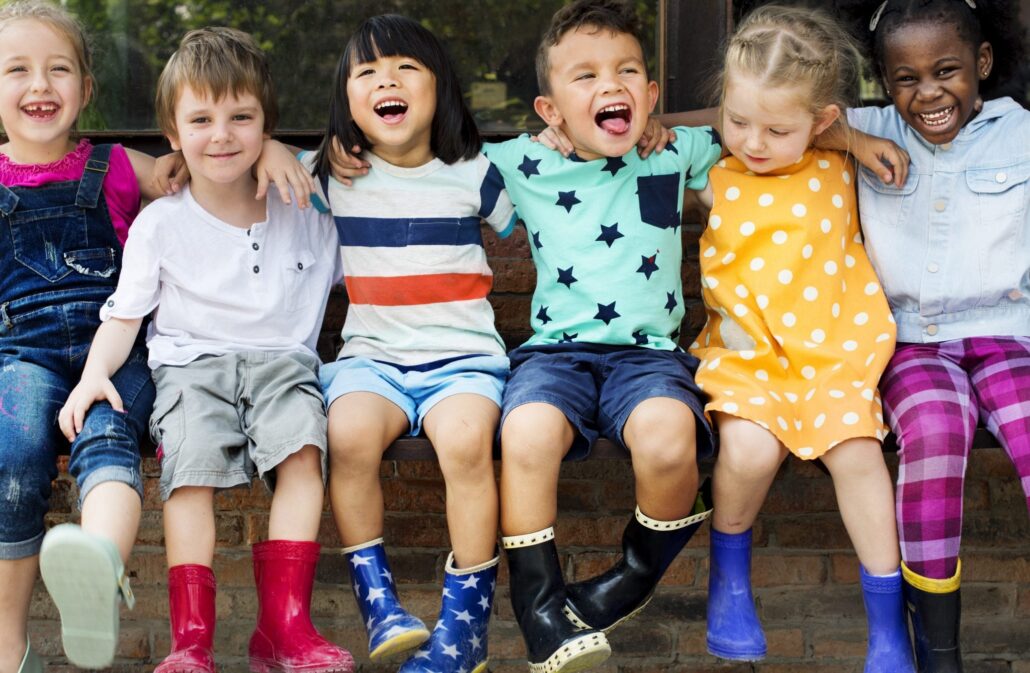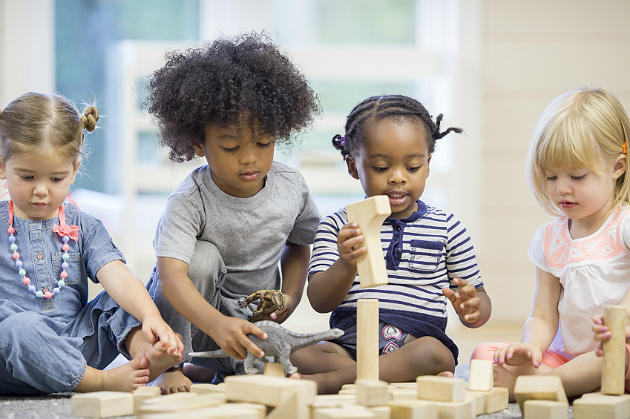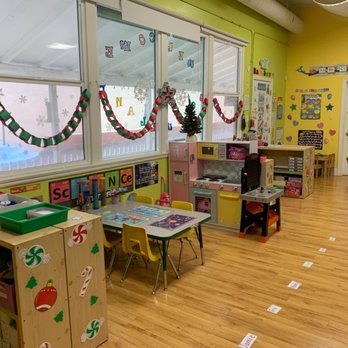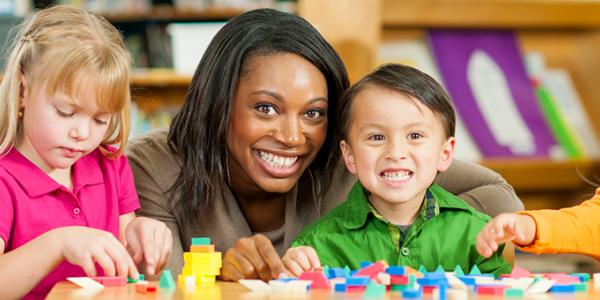
The choice can feel overwhelming — but here are 5 evidence-backed signs of success to look for…
If your child is headed to preschool next year, you’re not alone if you feel overwhelmed as you navigate the selection process. Cities and states have a diverse and dizzying array of programs: Head Start and other government-funded programs for low-income families; private programs of many stripes and price points; free or low-cost classrooms in public schools, sometimes guaranteed and sometimes secured by lottery.
On the one hand, that means choice and flexibility, at least for families fortunate enough to have time, resources, and options. On the other, it can be confusing and stressful, not just for families but for programs, which face the hair-raising challenge of making their balance sheets work. Directors try to keep tuition affordable, but their teachers are already woefully underpaid. Public-school pre-K programs alleviate financial burdens for families, but exacerbate them for private programs by shrinking the pool of four-year-olds.
So how do you pick the right spot for your child — or assess the program your child already attends?

When choosing a preschool, remember that early childhood learning is built on trusting relationships. That means that good teachers do not yell, cluck their tongues, or roll their eyes at children. Positive relationships can be hard to define, but they are easy to see.
The quality of preschools varies considerably, so parents need to be informed consumers. Studies show that most programs are mediocre, with small percentages on both the extreme high and low ends of the spectrum.
Fortunately, you can learn a lot about the quality of a preschool from a brief tour, if you know what to look for. (The scheduling of such tours can be prohibitive for many parents, but alternatives are starting to pop up, like a series of computer-based virtual tours of Washington, D.C.’s public preschool classrooms.)
Here are five things to watch for as you visit and assess a preschool program — hallmarks of success that you want to see.
- Adults are talking to children in nurturing and encouraging ways. They get down on their eye-level, address them by name, listen carefully, and seek to understand. Early childhood learning is built on trusting relationships, and that means that good teachers do not yell, cluck their tongues, or roll their eyes at children. Positive relationships can be hard to define, but they are easy to see.
- When children are behaving inappropriately, teachers are focused on helping them, rather than punishing them. All preschoolers are developing social and emotional skills and self-regulation, like how to share toys and express frustration in words. Good teachers build those skills with consistent routines (preferably posted on the wall) and tools like timers for turn-taking, language children can use when they have a conflict, and songs and games for when a child needs to be physical.
- The classroom is fun and joyful. Play is the vehicle through which young children learn everything from vocabulary to math to self-control. That doesn’t mean classrooms should be a free-for-all. Teachers should continually provide new activities and challenges, ask thought-provoking questions, and nudge children to think deeper. They should not drill children with flashcards and tests.

- Children are active. They are not expected to sit for more than 15-20 minutes at a time, and they get plenty of outdoor time. They are also active contributors to the classroom; they get to choose their activities and their work covers the walls.
- Staff are supported — and seem happy. Working with young children is a tough job, and teachers are more successful when they receive regular professional development and planning time, not to mention a livable wage and benefits like health insurance and paid time off. Don’t be afraid to ask the director about these factors and about rates of teacher turnover. (Consistently high turnover can be a warning sign of systemic problems.)

Teachers are the glue for all the other elements of quality. They matter more than a fancy new building or whether every other family in town has submitted an application. When it comes down to it, teachers make or break a child’s experience, so focus on them. If you get a good feeling, chances are your child will, too.
0 Comments